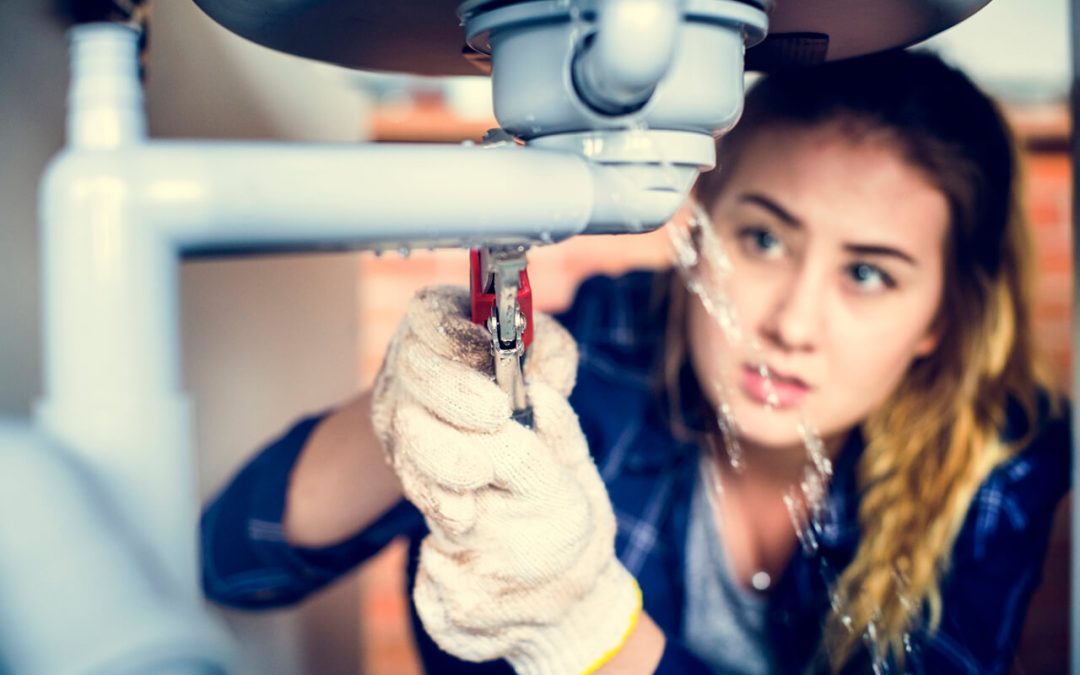Keeping your home healthy and safe isn’t difficult, but it does require some attention and time. Nothing is more important than the well-being of your family, so follow these tips to protect your household.
Keep Your Home Healthy and Safe
Clean the House
One of the easiest ways to make your home healthy and safe is to clean it. Accumulated dust can cause breathing problems. Clutter everywhere is a safety issue. Set aside time each week to do cleaning chores like dusting, mopping, and vacuuming. It will make a big difference in the air quality and comfort of your home.
Stop the Leaks to Keep Your Home Healthy and Safe
Do you have leaking water anywhere in your home? It might be coming through the roof or from a dripping pipe.
Leaks cause damage to the wood, drywall, and other surfaces in your home. Mold and mildew thrive in moist conditions. If you know you have a leak, get it fixed before it causes health and safety problems.
Indoor Air Ventilation
Stale indoor air can be more polluted than the air outside your home. Dust particles, pollen, and tobacco smoke remnants are just a few of the contaminants you may be breathing in your home.
The easiest way to get those contaminants out of the air is to ventilate your home. Use the ventilation fans in your kitchen and bathroom to draw air up and out. Open up the windows and let fresh air in. Use ceiling fans to circulate indoor air.
Keep Pests Out to Make Your Home Healthy and Safe
Insects and rodents pose a serious threat to your home’s safety and its occupant’s health. Pests can carry diseases and germs, and wood-destroying insects threaten the home’s structural integrity. Rodents can chew through electrical wiring, creating fire hazards. Eliminating pests is critical for keeping your home healthy and safe. Plug cracks and gaps where pests can get in. Remove food debris promptly to eliminate potential food sources. Call in a pest control professional to deal with infestations.
Check for Contaminants
Certain contaminants in the home pose serious risks to your health and safety. For example, radon is an invisible, colorless, odorless, tasteless gas that is the second leading cause of lung cancer. Getting your home tested for radon is critical.
Other contaminants to inspect or test for include mold, mildew, hazardous chemicals, lead paint, and asbestos.
These tips will help you keep your home healthy and safe. Protect your family by preventing the above hazards in your home.
Rhode Island Real Estate Inspection Services offers services like radon testing, termite inspections, and home inspections. Contact us to schedule an appointment.

